Teenage years are a strange alchemy. Everything is transforming at once — the brain, the body, the need to belong, the ache to rebel. In this crucible of growth, experimentation often feels like a rite of passage. For many teens, it’s harmless — a style choice, a weekend slip. But for others, it opens a door they don’t know how to close. That’s where drugs and teenage substance abuse enter the frame, and where parenting becomes less about rules and more about resonance.
Let’s get honest. Today’s teenagers aren’t using the same substances their parents warned them about in the 90s. The drugs have evolved, become more accessible, more discreet, and in some cases, more deadly. And whether it’s vaping, alcohol, or ecstasy, the effects on the developing adolescent brain are more profound than most people realize.
So, what are the most commonly used drugs by teenagers today?
The Modern Teen Drug Landscape
1. Alcohol
Still the most widely used substance among teens. It’s legal, accessible, and often seen as socially acceptable. But alcohol abuse during adolescence can interfere with brain development, especially in regions tied to decision-making, memory, and impulse control. Long-term alcohol addiction becomes far more likely when the habit begins early.
Marijuana
The myth that marijuana is “natural” or harmless gets louder every year. But marijuana addiction is very real. And the side effects of marijuana on teenagers include memory issues, lack of motivation, mood swings, and — in some cases — triggering of latent psychotic disorders. The adolescent brain is still under construction. THC floods it, interrupts it, and sometimes rewires it.
Vaping (Nicotine and THC)
Let’s be clear. Is vaping harmful? Yes. It may not smell like cigarettes, but it delivers nicotine or THC directly to the bloodstream and lungs. Vaping side effects include addiction, respiratory damage, and in some cases, heightened anxiety and irritability. Nicotine also changes how dopamine is processed, which sets the stage for future compulsive behaviours.
MDMA (Ecstasy)
Ecstasy addiction treatment is now a growing field. Teens often associate MDMA with fun, connection, and sensory intensity. But they’re usually unaware of the mdma side effects — dehydration, serotonin depletion, depressive crashes, and long-term neurotoxicity.
Cocaine and Heroin
Less common but still present, particularly among teens from high-pressure environments or those exposed to trauma. Cocaine side effects include aggression, paranoia, and cardiovascular risks. Heroin addiction, though rare among first-time users, is one of the hardest to treat and often signals a deeper, untreated emotional wound.
Heroin addiction treatment must be trauma-informed and include medical detox.
Why Teens Use — And Why It Matters
It’s easy to say, “peer pressure.” But the deeper reasons are emotional and neurological...
Adolescents are wired to seek novelty. The prefrontal cortex, which ;verns risk assessment and impulse control, is still developing. At the same time, the limbic system — the brain's emotional hub is hyperactive. That means teens feel things deeply but can’t always regulate them.
Add in academic stress, identity confusion, social media comparison, or parental conflict, and drugs become a form of self-medication.
That’s why cognitive behavioural therapy (CBT) and dialectical behaviour therapy (DBT) are effective modalities. They teach teenagers how to understand and manage their internal world, rather than escape it.
The Parenting Factor: What Helps, What Hurts
What parenting style is most associated with substance abuse? The answer isn’t simple, but extremes tend to fail. Both authoritarian (“because I said so”) and neglectful (“do whatever you want”) parenting styles are correlated with higher rates of teen substance use.
The most protective factor? Authoritative parenting — high warmth, high boundaries. These are the parents who talk, but also listen. Who guides without controlling? Who ask questions like, “What’s going on beneath this behaviour?” instead of jumping to conclusions.
Parental modelling also matters. Teens are far more likely to use substances if their caregivers normalise alcohol or dismiss vaping as “not a big deal.” Home is the first reha and the first relapse point. Make it a place of emotional safety, not just behavioural rules.
Recognising the Signs Early
Some signs of marijuana use disorder or other addictions include:
- Declining school performance
- Sudden shifts in mood or sleep
- Secrecy and defensiveness
- Change in friend groups
- Lack of interest in previously enjoyed activities
Early intervention is everything. If caught early, the path doesn’t have to spiral.
Treatment Options That Actually Work
The most effective treatments are integrated programs. That means they don’t just focus on the drug, but on the emotions, traumas, and relationships behind it.
Teen alcohol rehab and marijuana addiction treatment centres with trauma-informed therapists, peer support, family therapy, and skill-building have the highest long-term success rates. The most effective therapies are not those that shame or scare teens, but those that teach them how to live differently.
CBT and DBT play a significant role here. They teach emotional regulation, boundary-setting, mindfulness, and distress tolerance — things many teens don’t learn elsewhere.
What Recovery Actually Looks Like
Recovery is not a one-time event. It’s a lifestyle shift. That’s why it helps to get teens involved in sobriety foundations, smart recovery groups, or alternative programs that don’t push a rigid 12-step framework if it doesn’t fit.
Some teens benefit from alcoholics anonymous groups or Narcotics Anonymous, while others thrive in more secular or skills-based environments. What matters is consistency, connection, and community.
And for parents? Your job doesn’t end when rehab begins. Your presence — curious, firm, open, and non-reactive — is a vital part of your teen’s healing.
Frequently Asked Questions
1. What effect do drugs have on teenagers?
They alter brain development, affect memory, increase the risk of mental illness, and impair decision-making.
2. What parenting style is most associated with substance abuse?
Authoritarian and neglectful styles are most correlated with higher teen substance use. Authoritative parenting is the most protective.
3. What influence do parents have on the substance abuse of teens?
Parental modelling communication style, emotional availability, and boundary-setting all impact teen behaviour.
4. What is the most common treatment for substance abuse?
Integrated therapy involves CBT, DBT, family counselling, peer support, and sometimes medication, depending on the substance.
5. Is vaping harmful?
Yes, especially for teens. It can lead to addiction, lung damage, and mental health issues.
6. Is vaping worse than cigarettes?
Vaping may deliver fewer carcinogens but still poses serious health risks and addictive potential, particularly in youth.
7. What are the benefits of quitting marijuana?
Improved memory, better mood stability, increased motivation, and reduced anxiety or paranoia.
8. What are at least three signs of marijuana use disorder?
Increased tolerance, failed attempts to quit, and continued use despite negative consequences.
9. How do you manage ecstasy use?
Ecstasy addiction treatment involves detox, therapy, managing serotonin imbalance, and emotional regulation through CBT or DBT.
How Can Samarpan Help
At Samarpan Recovery Centre, Asia’s most trusted and advanced drug rehabilitation and mental health facility, we recognise the growing concerns faced by parents today when it comes to teen drug use. With adolescents increasingly exposed to substances like cannabis, alcohol, prescription medications, vaping products, and synthetic drugs, the line between experimentation and drug addiction can quickly blur. What begins as curiosity can escalate into dependency, leading to severe mental health challenges such as anxiety symptoms, depression symptoms, personality disorders, or even self-harm. Many teenagers struggling with substance addiction also experience emotional volatility or early signs of a depressive episode, yet these symptoms often go unnoticed or are dismissed as “typical teenage behaviour.” At Samarpan, we intervene early with expert assessments and tailored drug addiction therapy that addresses both the behavioural and emotional needs of adolescents. Our programs integrate addiction therapy, trauma-informed counselling, family support sessions, and medical management for substance withdrawal symptoms. From alcohol detoxification and alcohol withdrawal relief to managing co-occurring disorders, our holistic care ensures not just recovery but emotional resilience. Samarpan doesn’t just treat teens—it empowers families to rebuild with trust, knowledge, and enduring healing.




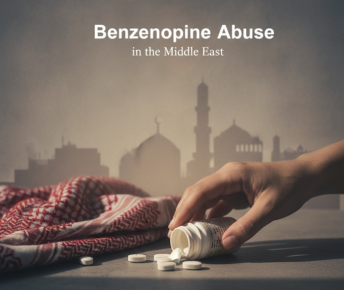
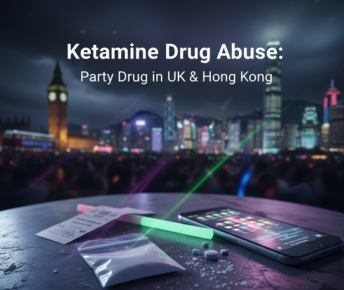
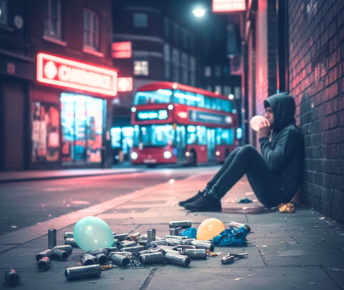

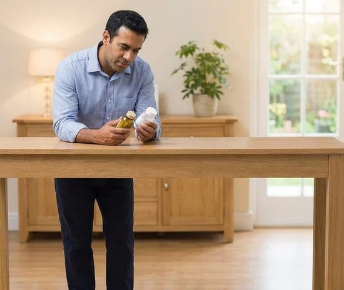
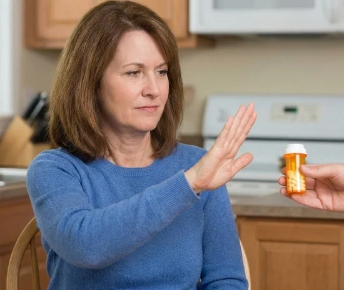






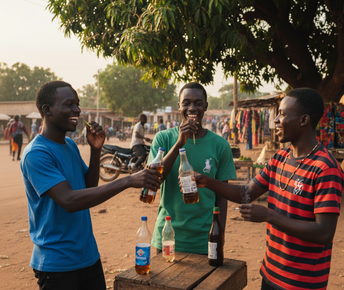
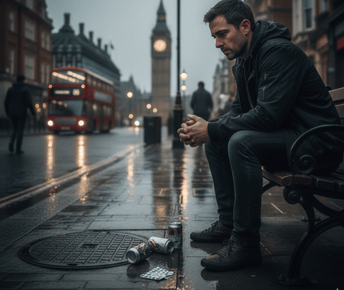



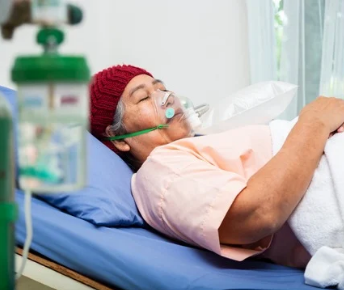
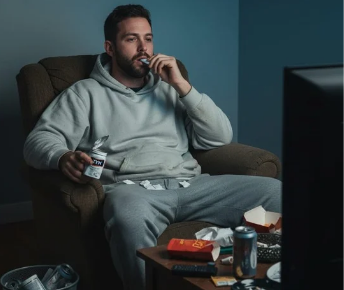

 Yes, many offer serene environments and solid therapeutic frameworks. However, quality varies, so it’s essential to research accreditation, staff credentials, and therapeutic depth.
Yes, many offer serene environments and solid therapeutic frameworks. However, quality varies, so it’s essential to research accreditation, staff credentials, and therapeutic depth.




